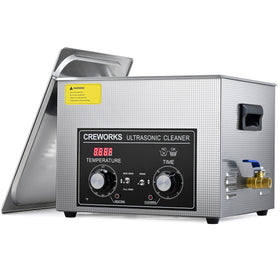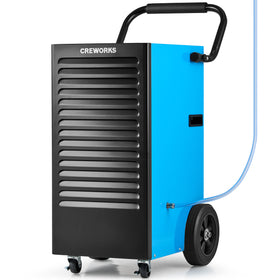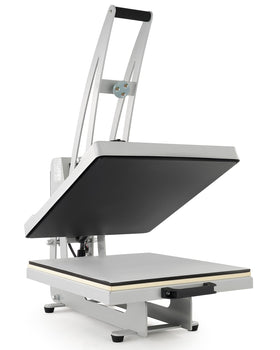With over 10000+ orders
With over 10000+ orders
Maintaining the brilliance and cleanliness of your jewelry is essential not only to keep it looking beautiful and brilliant, but also to ensure its longevity. While traditional cleaning methods can be effective, they often fall short when it comes to reaching intricate areas or dealing with stubborn dirt and grime. This is where ultrasonic cleaners for jewelry come into play. Jewelry ultrasonic cleaners can offer an efficient and convenient solution for thoroughly cleaning your jewelry without causing damage. This guide will explore how to use an ultrasonic cleaner for jewelry, including what to put in and what not to put in an ultrasonic jewelry cleaner.
Before you begin using an ultrasonic cleaner for your jewelry, it is crucial to understand that not all types of jewelry can be put into an ultrasonic cleaner.


Though ultrasonic jewelry cleaners can be highly effective in cleaning jewelry, there are some gemstones which are rather delicate in nature, and thus it is ill-advised to put them in an ultrasonic jewelry cleaner.

The liquid you use in your ultrasonic cleaner for jewelry is crucial for effective and safe jewelry cleaning.
Water, Dish Soap, or Ultrasonic Cleaning Solutions:
Avoid Harsh Chemicals like Chlorine, Ammonia, or Acids: These harsh chemicals can damage both your jewelry and the ultrasonic cleaner. They can cause discoloration, pitting, and other forms of damage to delicate metals and gemstones. Using the correct liquid in your ultrasonic jewelry cleaner will ensure that your jewelry is cleaned thoroughly and safely.

Ultrasonic cleaners for jewelry can come in various models. However, the basic operation is generally the same. This guide will use the professional Creworks’ 6L ultrasonic cleaner for jewelry as an example to guide you through the cleaning process:
Start by gathering all necessary materials: your ultrasonic jewelry cleaner, water, and a mild detergent or specialized ultrasonic cleaning solution. Ensure that the ultrasonic cleaner and its tank are clean and ready for use.
Fill the jewelry ultrasonic cleaner’s tank with the appropriate amount of water and add a few drops of mild detergent or a specialized cleaning solution.
Arrange the jewelry pieces in the tank. Make sure they do not touch each other to ensure even cleaning. Avoid overloading the tank as this can reduce the effectiveness of the cleaning process.
Adjust the settings of the cleaner depending on the type of jewelry and how dirty you perceive it to be. The Creworks ultrasonic jewelry cleaner allows you to set the timer from 1 to 30 minutes and the temperature as needed.
Once the cleaning cycle is complete, carefully take the jewelry from the tank. Rinse each piece thoroughly under clean water to remove any remaining cleaning solution. Dry the jewelry with a soft, lint-free cloth and inspect for any remaining dirt.
Why Choose Creworks’ Ultrasonic Cleaner for Jewelry?
Creworks’ 180W ultrasonic cleaner for jewelry is an excellent choice for people looking to maintain their jewelry’s brilliance and cleanliness. The cleaner uses 40kHz sound waves to create cavitation, ensuring that most nook and cranny of your jewelry is thoroughly cleaned. With a 1.6-gallon basin, it can accommodate a variety of jewelry. The 200W of heating power also enhances the cleaning process, and the digital control panel makes it easy to set precise cleaning times and temperatures. Besides, backed by a one-year warranty and friendly 24/7 customer service, this Creworks’ ultrasonic cleaner can make your cleaning tasks efficient, effective, and worry-free.
In summary, using an ultrasonic cleaner for jewelry offers a thorough, gentle, and efficient way to maintain its brilliance and ensure longevity. By following the correct steps of how to use an ultrasonic cleaner for jewelry, you can safely clean your precious pieces without risk of damage. Investing in an ultrasonic cleaner is a smart decision to keep your jewelry in pristine condition. Start enjoying the benefits of professional-level cleaning at home and keep your treasured pieces looking their best with the best Creworks’ ultrasonic jewelry cleaner now!











